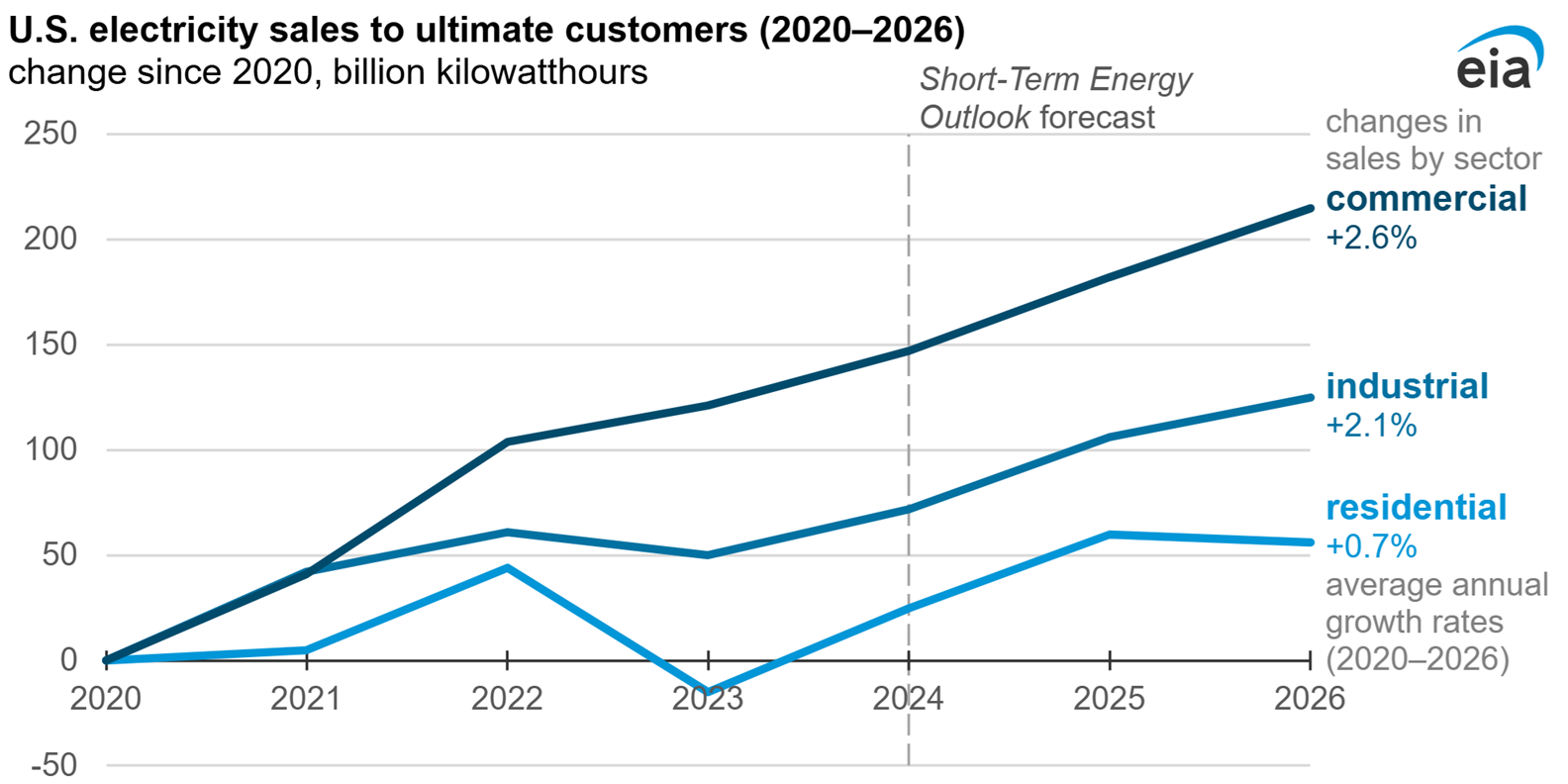Investor caution ahead of Nvidia earnings "understandable," Barclays says
In a year of uncertainty about how tariff blowback will affect the economy, investors are favoring the relative safety of utilities in 2025. Using a set of ETFs as proxies shows that shares of utilities have taken the lead for US sectors this year, as of Thursday’s close (Aug. 7).
The Utilities Select Sector SPDR® Fund (NYSE:XLU) has rallied 16.0% year to date, edging out the second-best performing sector: industrials (XLI), which is up 15.1%. Both sectors are posting year-to-gains that are nearly twice the overall stock market’s 8.5% increase in 2025, based on the SPDR S&P 500 ETF (NYSE:SPY).

Part of the reasoning for favoring utilities is the relative safety of the sector. As a regulated monopolies offering essential services, with reliable, competitive dividend yields, the allure of the sector has attracted renewed attention in a year of elevated macro uncertainty as the US revises its tariff policies.
Another narrative that’s supporting utilities is the ongoing rise in demand for electricity, providing a boon for these firms’ business operations, at least in theory. Electricity demand, in the US and around the world, is expected to rise significantly in the years ahead.
“The growth in global electricity demand is set to remain robust through 2026, despite an uncertain economic backdrop,” said Keisuke Sadamori, IEA Director of Energy Markets and Security.
Driven by accelerating use of cloud computing, AI, an industrial resurgence, and electrification of buildings and transport, electricity demand is ramping up sharply. ICF, a consultancy, projects that US consumption of electricity will rise 25% by 2030 and 78% by 2025.
Climate change is also a factor, spurring higher usage of air conditioning. Perhaps not surprisingly, US electricity demand set new demand peaks in July, according to the Energy Information Administration. “We forecast U.S. electricity demand fulfilled by the electric power sector will grow at an annual rate of just over 2% in 2025 and 2026, according to our Short-Term Energy Outlook. Until 2020, electricity demand was relatively flat… for two decades.”
